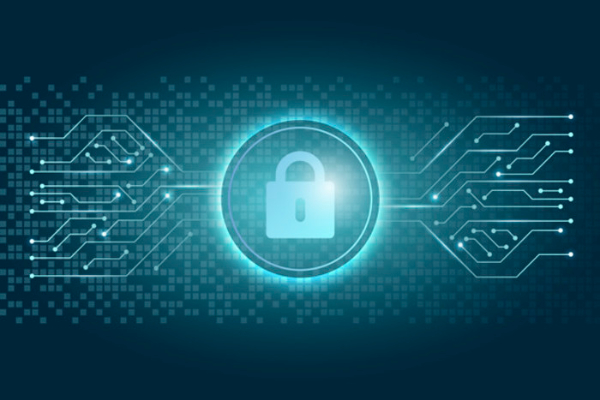In today’s digital landscape, website security is more important than ever. Cyberattacks, data breaches, and malware can severely damage your online presence, customer trust, and business operations. Implementing strong security measures is essential to protect your website from hacking and data loss.
1. Keep Software Updated
Always use the latest version of your CMS (e.g., WordPress), themes, and plugins. Updates often contain critical security patches that fix known vulnerabilities hackers may exploit.
2. Use Strong Passwords and Two-Factor Authentication (2FA)
Create complex passwords using a mix of letters, numbers, and symbols. Avoid using the same password across platforms. Enable 2FA for admin logins to add an extra layer of protection.
3. Install a Security Plugin
Security plugins like Wordfence, Sucuri, or iThemes Security help monitor your site for malware, block suspicious activity, and alert you to potential threats.
4. Use SSL Encryption
Install an SSL certificate to encrypt data transferred between your website and users. It not only boosts security but also improves SEO and user trust (https:// instead of http://).
5. Limit Login Attempts
Restricting the number of login attempts prevents brute force attacks. Many plugins allow you to set a limit and block IPs after multiple failed attempts.
6. Regular Backups
Take regular backups of your website and database. Store them in secure off-site locations (cloud or external storage). This ensures you can restore your site quickly in case of a hack or data loss.
7. Use a Secure Hosting Provider
Choose a reputable hosting provider that offers firewalls, malware scanning, and automatic backups. Good hosting is your first line of defense against attacks.
8. Disable Directory Listing and Unused Features
Prevent unauthorized access to sensitive files by disabling directory listing. Also, remove or deactivate unused plugins, themes, or scripts to reduce entry points.
9. Set Proper User Roles and Permissions
Limit access to your website’s backend. Assign roles carefully and give users only the permissions they need. This helps prevent accidental or malicious changes.
10. Monitor and Audit Activity
Use tools to monitor login attempts, file changes, and user activity. Regular audits help identify and respond to unusual behavior early.


